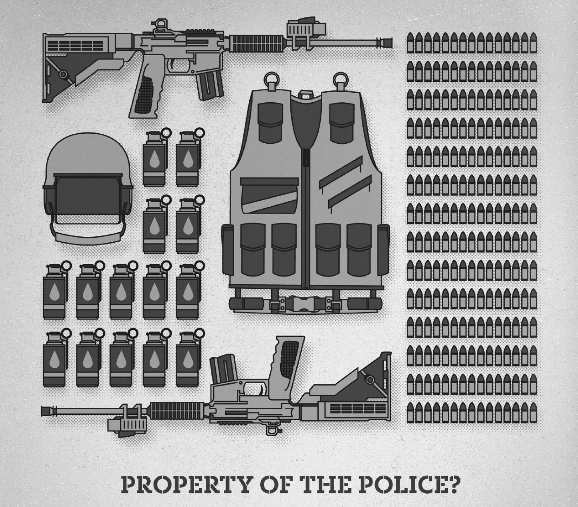The Conservative federal government publicly took stock of the rates of violent crime in Canada and revealed the next steps of its criminal justice strategy last Monday. Its plans for the coming months include enacting a Victims’ Bill of Rights and introducing more severe penalties for child abusers.
Sheldon Kennedy, an ex-NHL player and advocate for abuse victims, met with Vince Hawkes, deputy commissioner of the Ontario Provincial Police (OPP), and Justice Minister Rob Nicholson on Monday, Feb. 4 to hold a news conference and discuss the government’s plans.
“I couldn’t have imagined 16 years ago, when I disclosed my abuse, that we’d be talking about these issues so openly and with such commitment to be making positive change for victims,” said Kennedy on the day of the meeting.
“Crime remains a serious issue that affects all Canadians. While crime has been in decline, in 2011 there were still nearly two million Criminal Code violations. More disturbingly, there were more than one thousand violent offences committed each and every day across Canada,” announced Nicholson at the meeting.
Dr. Dale Spencer, who teaches a course on victims and criminal justice at the U of M, said that this is part of the reason that the proposed Victims’ Bill of Rights will be ineffective at reducing the prevalence of this type of crime.
“This is going to have no impact whatsoever [ . . . ] if you look at the literature on sex offenders, there is nothing saying that punishing them for longer will stop the victimization of children in communities,” said Spencer. “And there is nothing in the strategy of the Conservative government that will make people come forward, especially in marginalized communities that are often mistrustful of the justice system.”
Spencer said that truly empowering victims and reducing child abuse rates would require a radical reconstruction of the way Canadians think about victimization.
Nicholson mentioned that rates of child sexual offences are rising. Despite this, data compiled by the government shows that sexual assaults including those against children “are among the most underreported crimes in Canada.”
The Conservative government is also turning its focus toward the problem of repeat offenders. According to Nicholson, “15 per cent of offenders are responsible for nearly 60 per cent of all reported crimes.” Furthermore, 43 per cent of offenders released from federal prison will be reconvicted within two years, said Nicholson.
“Those are the facts. They cannot be ignored,” he stated.
A statement released by the Department of Justice on that same day said that introducing a Victims’ Bill of Rights will “further enhance the Government’s commitment to victims of crime by entrenching their rights into a single law at the federal level.”
This move builds upon Bill C-37, which was debated in the House of Commons in 2012 and is now being reviewed in the Senate. Bill C-37 doubles victims’ surcharges, which is an amount of money that offenders are required to pay to the victims of their crimes.
“These fine surcharges help pay for victims’ services, which are so important,” said Nicholson.
Aside from these details, more complete and specific information about what will be contained inside the Victims’ Bill of Rights is difficult to conclusively determine.
Dale Spencer argues that while Bill C-37 and the Victims’ Bill of Rights ensure consistent application of the courts’ surcharge provisions across the country, it “does not account for how police officers, the public, and the media treat victims.”
“We need a much broader effort on the part of the Canadian public and government to really tackle these issues.”
Building victim empowerment has long been a project of the Conservative government, as is outlined in the Federal Victims Strategy and a series of bills released throughout 2011 and 2012, such as the Protecting Victims from Sex Offenders Act (S-2) and the Abolition of Early Parole Act (Bill C-59).
More controversially, last year the government introduced the Protecting Children from Internet Predators Act, which many saw as vague and potentially invasive towards law-abiding Canadians.
The Federal Victims Strategy, drawn up in 2007, has spent $90 million since then supporting victims of violent crime. More recently, in conjunction with the Economic Action Plan 2012, five million dollars over five years has been committed to building and improving Child Advocacy Centres – an initiative that Nicholson discussed at the meeting with Kennedy and Hawkes.
Spencer told the Manitoban that this amount pales in comparison to the $601 million dollars the Correctional Service of Canada (CSC) is planning to spend on updating prison infrastructure.
“This is a considerable amount of money that could have been put toward services that would benefit victims and would-be victims,” said Spencer.




